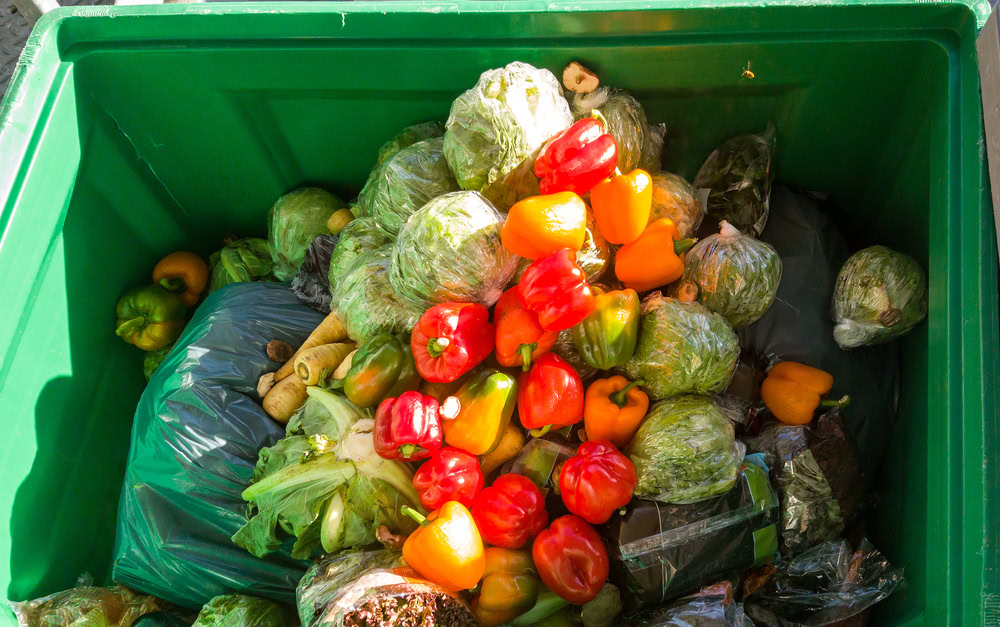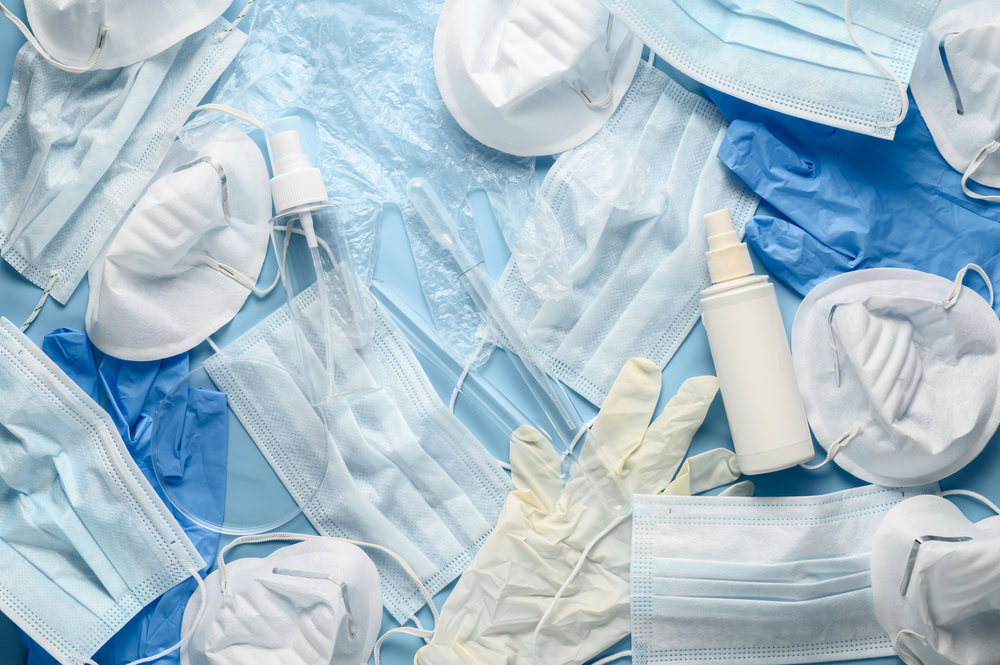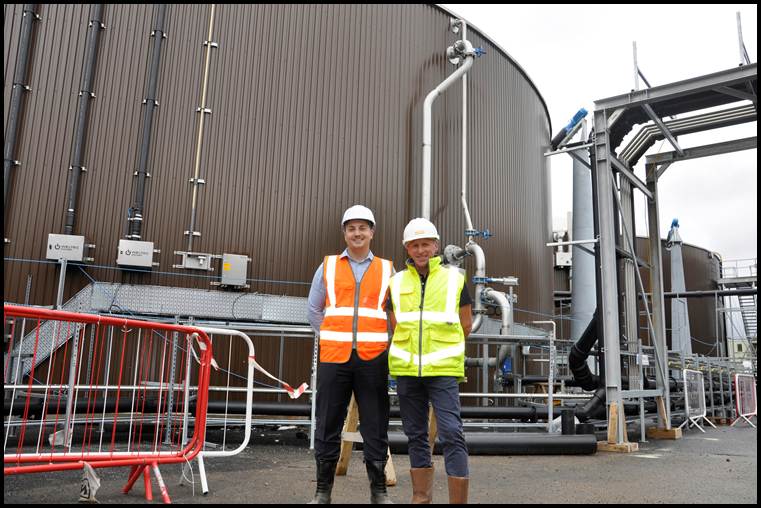Anaerobic digestion (AD) is the process of breaking down food waste through bacteria in the absence of air. The process produces two by-products – the bio-gas methane which can be captured for energy recovery, and a liquid or solid digestate which can be used as a soil improver.
” We are going to develop clear protocols to get over definition problems. With anaerobic digestion we are progressing with due speed. “
– David Miliband
The waste strategy states that the government wishes to encourage local authorities and businesses to consider using anaerobic digestion to manage biowaste as it has “significant environmental benefits over other options for food waste (and may be particularly cost effective for food waste.”
On food waste collections, Defra figures revealed that 17% of household waste consists of kitchen waste and that “there are strong arguments for encouraging more separate collection of food waste” in particular for anaerobic digestion plants.
Research
Defra has been testing anaerobic digestion as part of its New Technologies Programme and has set up a number of plants including Greenfinch anaerobic digestion plant in Ludlow and a plant run by Premier Waste Management in Durham.
From the trials, Defra has found that AD plants can be “situated successfully in light industrial estates within towns”. The research has also shown that “there is scope for using food wastes derived from both household and business sources.”
Importantly, the Greenfinch work has found that weekly collections of food waste without green waste are the optimal solution to ensure that the maximum calorific value can be obtained from the material.
One of the challenges now is to ensure there is a market for the digestate created through the AD process. The Greenfinch plant produces a liquid material which can be used as a form of composting material. But, to help ensure there are markets and potentially standards for the material, Defra has now established an Anaerobic Digestion Policy Network to “maximise the synergies between the different markets for anaerobic digestion.”
The Waste & Resources Action Programme (WRAP) will also be responsible for developing the market for the digestate product produced during the anaerobic digestion process and “establishing the market for waste derived compost”
The strategy also stated that the Environment Agency intends to have an operational protocol for anaerobic digestate by Spring 2008 to clarify when the digestate created by anaerobic digestion is no longer a waste.
David Miliband – speaking in the House of Commons yesterday – said: “We are going to develop clear protocols to get over definition problems. With anaerobic digestion we are progressing with due speed so we can make progress in that area.”
Renewables
Government support for the process will also come for the energy generated from the anaerobic digestion process which will be eligible for Renewable Obligations Certificates – the government subsidy for creating renewable power. (see letsrecycle story 6857)
Mr Miliband also said that he expected energy from waste to account for 25% of waste by 2020 (as opposed to 10% now) and how this would include anaerobic digestion.
| Related links: |
Composters
Commenting on the strategy, Jane Gilbert, chief executive of the Composting Association, said: “The strategy backs the use of anaerobic digestion as a way of diverting waste from landfill and this is an area in which many of our members are already working. They have the necessary expertise in biowaste treatment to take this forward and to make a really positive contribution to the environment, the economy and to society.”
“However, we are still concerned that the waste infrastructure lags behind and that this country does not have enough facilities in place to meet the targets set by the Government for 2010. We would call on the Government to re-examine the planning process and to facilitate the development of more waste treatment facilities.”








Subscribe for free